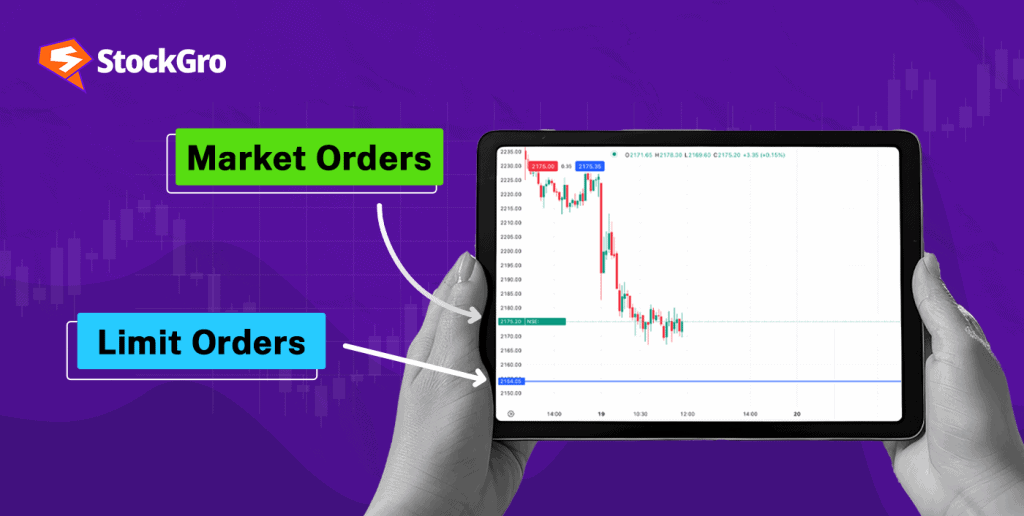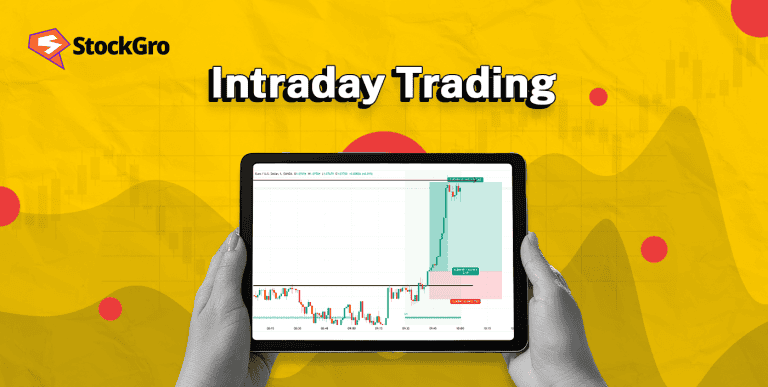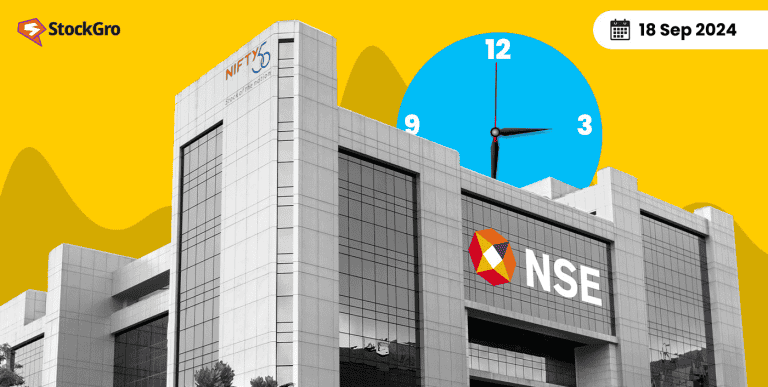
In trading, placing an order defines how a transaction is handled. It’s an instruction from you to the broker, detailing your preferred way to acquire or offload an asset. These requests differ based on priorities like timing, price control, and execution.
Two of the most frequently employed options are market and limit orders. While each has a distinct purpose, both are integral to a successful investment strategy.
Mastering these approaches is crucial for making informed decisions. Whether you’re looking for immediate action or aiming for a specific price point, grasping their differences can enhance your overall strategy. This blog will break down their fundamentals and key contrasts.
To know more: Here’s all about the different types of orders in the stock market
What are market orders?
It instructs a broker to buy or sell an asset immediately at the most favourable available rate. It focuses on fast processing, prioritising immediate fulfilment over precise pricing. The deal is executed instantly if someone is ready to fulfil the opposite side.
How does a market order work?
In this type of request, the number of units is specified, not the exact rate. The broker matches it with the current value, but due to continuous fluctuations, the final cost might differ slightly from the quote at the time the request was submitted.
Key factors to keep in mind
- Lack of price certainty: Unlike other methods, it doesn’t lock in a specific amount.
- Rapid price changes: Especially in volatile periods, rates can shift between submission and completion.
- Immediate fulfilment: The transaction happens right away, though the final rate may vary.
When to choose a market order?
This approach can be considered when quick processing is more important than securing an exact value. It’s commonly used for highly liquid assets or during periods where completing the deal quickly is essential.
For more details: Exploring the world of trading: The market order
What are limit orders?
This type allows traders to specify the exact price at which they’re willing to buy or sell a security. Unlike a market order, which surrenders control for speed, this method provides a safety net, ensuring transactions only occur under favourable conditions. The goal is simple: you decide the terms, and the trade waits for them to be met.
How does it work?
Here, the terms of engagement are clear. You set the conditions—both price and quantity—and the order sits dormant until those exact thresholds are crossed. Let’s say you want to acquire shares of a stock currently priced at ₹3,150 but are only willing to pay ₹3,000. A limit order will wait for the market to fall in line, executing only when the stock dips to your target.
What to consider?
- Missed opportunities: If the market doesn’t reach your price, the trade won’t happen, leaving you out of the game.
- Partial fulfilment: The market might meet your price, but only for a portion of your desired quantity.
- Time factor: Your order can expire if the price isn’t reached within your set timeframe, or remain active until you manually cancel it.
When to use limit orders?
Limit orders can be considered when timing isn’t as crucial as price control. They’re especially valuable in volatile markets where patience can pay off, or when you wish to avoid paying more than you’re comfortable with. This strategy is for those seeking precision, willing to forego speed in favour of exactitude.
You may also like: What Is a Limit Order in Trading, and How Does It Work?
Market orders vs limit orders
| Aspect | Market order | Limit order |
| Order fulfilment | Processed instantly at the available rate | Only completes when the specific value is met |
| Price flexibility | No control over final rate; takes whatever is offered | Full control; only triggers at your chosen level |
| Execution certainty | Nearly always happens if there’s enough liquidity | Might not happen if the target isn’t reached |
| Market condition | Ideal for liquid markets or when speed is the priority | Suited for unpredictable conditions or when exact pricing is crucial |
| Risk of slippage | High, especially during volatile periods | No slippage, but risks going unfulfilled if the rate isn’t met |
| Time limit | Typically executed right away; no expiration required | Can expire after a day or remain active until manually cancelled |
| Ease of use | Simple to place, no need to specify a rate | Requires setting exact conditions, making it slightly more detailed |
| Cost considerations | Usually low, as it’s a direct transaction | May involve higher costs due to additional instructions |
| Partial fulfilment risk | Uncommon, generally completed in one go | Possible if there aren’t enough assets available at your target rate |
| When to choose | Use when fast action is needed, particularly in steady markets | Consider when precise value is more important than timing |
Final thoughts
Deciding between these two options–Market orders vs limit orders– depends on your specific priorities. If completing the trade immediately is your main concern, a market option ensures fast action. Alternatively, for those focused on getting a precise rate, a limit order lets you wait until the conditions are just right.
Each method serves a distinct purpose. The right choice will vary based on your objectives and the current trading environment. Knowing when to apply each approach is key to navigating the market effectively.
FAQs
- Which is better: limit order or market order?
It depends on your needs. A market option works well if you want fast action, though you might not get the rate you expect. A limit lets you set your preferred rate, but it won’t go through unless the market meets that. Use the first when speed matters most. The second is better if getting a specific value is your priority. Both approaches have their advantages, so choose based on what’s more important for your trade.
- What is the disadvantage of a market order?
You can’t control the price. It goes through at whatever the current rate is, which might change quickly. In volatile markets, this could mean paying more or selling for less than expected. You trade speed for certainty. If you need a specific price, this isn’t the best option. There’s also a risk of slippage, where the price moves while your order is being processed. It’s all about what matters more—speed or price accuracy.
- What is a market order?
It’s a way to buy or sell right away. You don’t choose the rate; the transaction happens at whatever value is available. It’s useful when timing is more important than the cost. However, you might not get the exact amount you expected, especially if the market is moving quickly. It’s quick and straightforward but can lead to unpredictable outcomes. This method works well in stable conditions where getting the deal done immediately is the main goal.
- What is the difference between market and limit and stop?
A market order is executed right away based on what’s available. A limit order waits until a set price is reached before completing. A stop triggers only when the price hits a specific point, then acts like a market order. Each type serves different purposes—whether you need immediate action, control over pricing, or protection against sudden losses. The choice depends on whether speed, accuracy, or risk management is your priority in the trade.
- What happens if the limit order is higher than the market?
If your buy limit is above the current market value, it executes immediately at the lower available rate. You end up paying less than your set amount. For a sell limit, it also completes right away if the market matches or exceeds your desired level. You won’t pay more or receive less than your specified threshold. The system automatically ensures you get the best possible deal within your limits, based on what’s available.

